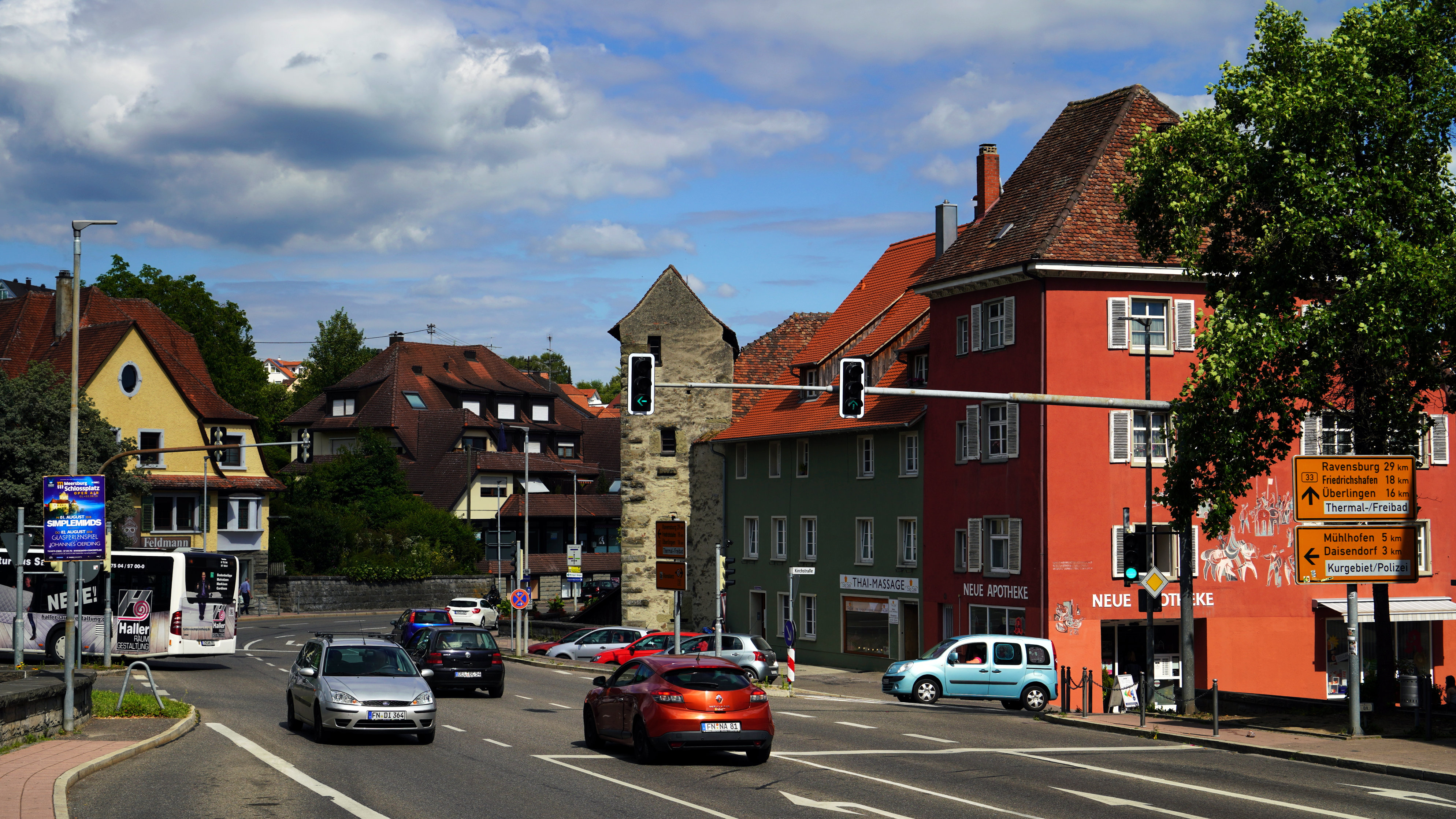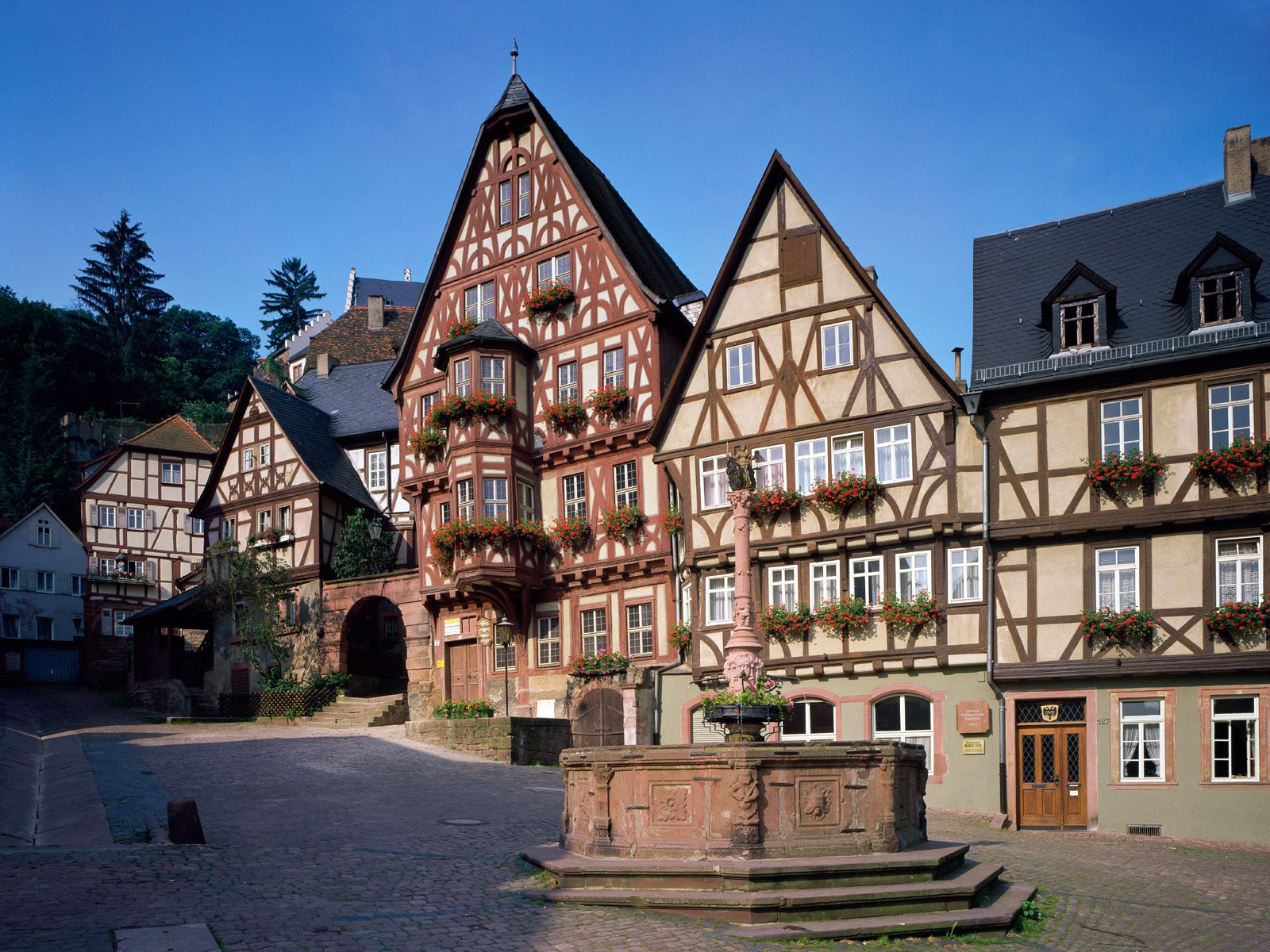Global Travel Information
Jaisalmer, India
Jaisalmer: The Golden City of India
Nestled in the heart of the Thar Desert in Rajasthan, India, Jaisalmer stands as a shimmering mirage of golden sandstone, ancient forts, and vibrant culture. Known as the "Golden City," Jaisalmer is a living testament to the grandeur of Rajasthan's royal heritage, where history, architecture, and tradition blend seamlessly under the vast desert sky.
The Legend and History of Jaisalmer
Founded in 1156 AD by Maharaja Rawal Jaisal, a Bhati Rajput ruler, Jaisalmer was strategically positioned along the ancient Silk Route, making it a crucial trading hub between India and Central Asia. The city flourished as merchants, travelers, and invaders passed through, leaving behind a rich legacy of art, culture, and architecture.
The most iconic landmark of Jaisalmer is the Jaisalmer Fort, also known as Sonar Quila (Golden Fort). Unlike many other forts in India, this massive structure is not just a historical monument—it is a living fort where nearly a quarter of the city's population still resides. Built from yellow sandstone, the fort glows like gold under the sun, giving the city its famous moniker.
Exploring the Architectural Marvels
1. Jaisalmer Fort – A Living Heritage
Perched atop Trikuta Hill, the fort is a UNESCO World Heritage Site and one of the few "living forts" in the world. Inside its massive walls, visitors find narrow lanes lined with havelis (ornate mansions), temples, shops, and homes. The fort's intricate latticework, jharokhas (balconies), and grand gates reflect the craftsmanship of Rajput artisans.
Key attractions within the fort include:
- Raj Mahal (Royal Palace) – Once the residence of the Bhati rulers, it now houses a museum displaying royal artifacts.
- Jain Temples – A cluster of seven exquisitely carved temples dedicated to Jain Tirthankaras, dating back to the 12th-15th centuries.
- Laxminath Temple – Dedicated to Lord Vishnu and Goddess Lakshmi, this temple is a spiritual center within the fort.
2. The Magnificent Havelis
Jaisalmer is famous for its elaborately carved havelis, built by wealthy merchants during the 18th and 19th centuries. These mansions showcase intricate facades, delicate jali (lattice) work, and frescoes.
- Patwon Ki Haveli – The largest and most famous, built by a wealthy brocade and jewelry merchant. Its five interconnected havelis feature stunning balconies and murals.
- Salim Singh Ki Haveli – Known for its distinctive peacock-shaped roof and arched balconies.
- Nathmal Ki Haveli – A masterpiece built by two brothers, featuring asymmetrical designs and carvings of elephants, flowers, and deities.
3. Gadisar Lake – An Oasis in the Desert
Built by Maharaja Gadsi Singh in the 14th century, this artificial lake was once the city's primary water source. Today, it is a serene spot surrounded by temples, ghats, and chhatris (cenotaphs). Visitors can enjoy boat rides while admiring the migratory birds that flock here in winter.
The Magic of the Thar Desert
No trip to Jaisalmer is complete without experiencing the vast, golden dunes of the Thar Desert.
1. Sam Sand Dunes
Located about 40 km from the city, the Sam Sand Dunes offer the quintessential desert experience. Visitors can take camel safaris at sunset, ride through undulating dunes, and camp under the stars. Traditional folk performances, including Kalbeliya dance and Manganiyar music, add to the enchantment of the desert nights.
2. Desert Festival
Held every February, the Jaisalmer Desert Festival is a vibrant celebration of Rajasthani culture. The festival features camel races, turban-tying competitions, folk dances, and puppet shows, attracting travelers from around the world.
Cultural Richness and Traditions
Jaisalmer’s culture is deeply rooted in its Rajput heritage and desert lifestyle. The people, known for their warmth and hospitality, preserve age-old traditions through music, dance, and crafts.
- Folk Music & Dance – The soulful tunes of the Manganiyars (a community of Muslim musicians) and the energetic Ghoomar and Kalbeliya dances are integral to Jaisalmer’s cultural identity.
- Handicrafts – The city is famous for its embroidery, leatherwork, and intricate mirror-work textiles. Shoppers can find beautiful souvenirs at local markets like Sadar Bazaar and Manak Chowk.
- Cuisine – Rajasthani food in Jaisalmer is a delight, with dishes like Dal Baati Churma, Ker Sangri (a desert bean and berry curry), and Mawa Kachori (a sweet delicacy).
Beyond Jaisalmer: Nearby Attractions
For those with extra time, Jaisalmer offers several offbeat destinations:

- Kuldhara – The Haunted Village – An abandoned village with a tragic legend, believed to be cursed after its inhabitants mysteriously vanished overnight.
- Bada Bagh – A royal cenotaph complex with stunning sunset views.
- Longewala War Memorial – A tribute to the brave soldiers of the 1971 Indo-Pak war.
Conclusion: A Timeless Jewel in the Desert
Jaisalmer is more than just a tourist destination—it is a journey through time, where every sandstone wall whispers tales of valor, trade, and artistry. Whether wandering through the labyrinthine fort, riding a camel into the sunset, or losing oneself in the rhythms of desert music, the Golden City leaves an indelible mark on every traveler’s heart.
For those seeking an authentic blend of history, adventure, and culture, Jaisalmer stands as an unmissable gem in India’s royal crown.
相关文章
- Elbe River Botanical Gardens: Flowers & Plants Along the Banks
- Elbe River Zoos & Aquariums: Family Fun Near the River
- Elbe River Amusement Parks: Rides with River Views
- Elbe River Camping Spots: Pitch a Tent by the Water
- Elbe River Glamping Sites: Luxury Camping Along the Banks
- Elbe River RV Parks: Stay in Your Camper Near the River
- Elbe River B&Bs: Cozy Accommodations with a Personal Touch
- Elbe River Hostels: Budget Stays for Young Travelers
- Elbe River Business Travel Guide: Meetings & Events Near the Water
- Elbe River Conference Venues: Spaces with River Views
发表评论
评论列表
- 这篇文章还没有收到评论,赶紧来抢沙发吧~


